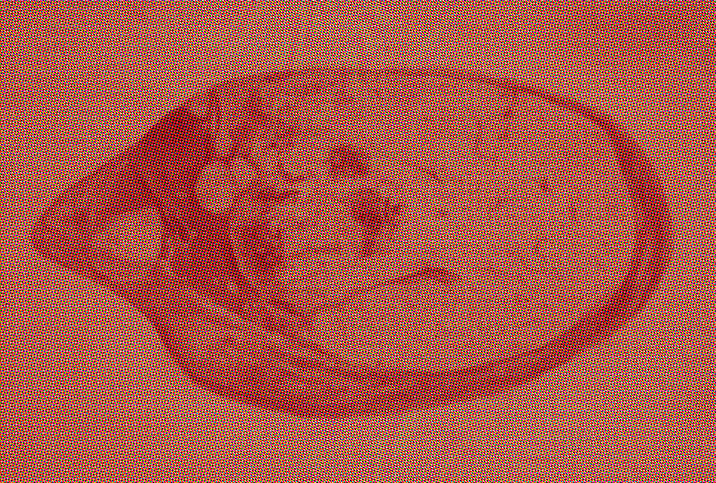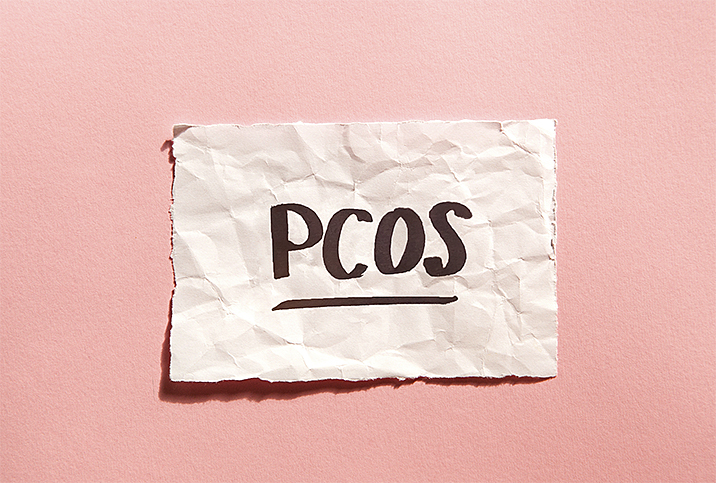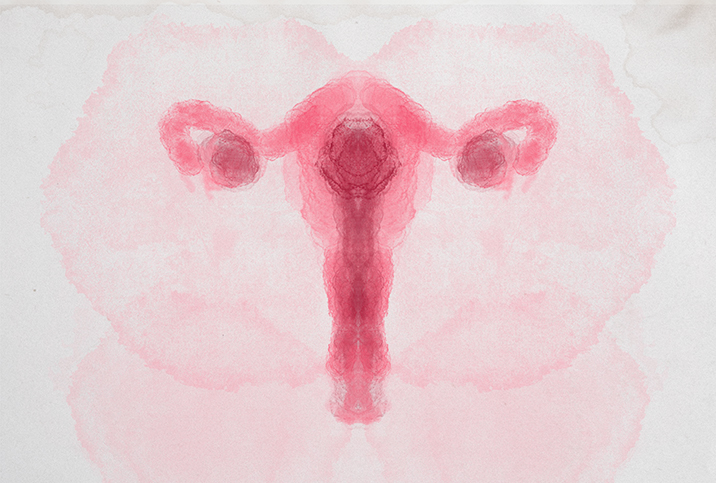What You Should Know About These 5 Common Ovarian Cysts

Ovarian cysts are a common part of ovulation, but like any bodily function, complications can happen, and when they do, ovarian cysts can cause painful side effects that can impact reproductive and sexual health. Understanding the types of cysts and treatment plans can help you take control of your sexual and reproductive health.
Common types of cysts
The most common types of cysts are follicular, corpus luteum, endometriomas, dermoids and cystadenomas. These cysts can form for a variety of reasons and the specific type will dictate the treatment plan:
- Follicular cysts form during ovulation when a follicle does not release an egg as usual, and the follicle continues to grow into a cyst. These cysts typically don't cause symptoms and will eventually disappear.
- Corpus Luteum cysts occur when a follicle releases an egg as normal, but the empty follicle sac does not shrink. If the sac doesn't shrink, it will reseal itself and fill with fluid, causing a cyst. These cysts may bleed and cause pain, but generally go away after a few weeks.
- Endometriomas cysts (also known as chocolate cysts) can form as a result of endometriosis. These cysts will fill with blood and endometrial tissue. These cysts usually do not go away and must be removed surgically.
- Dermoid cysts are typically formed in utero and can remain unnoticed for most of our lives and often don't need medical interventions.
- Cystadenomas cysts are filled with thin fluid and are typically benign. Many times cystadenomas will reabsorb, so most physicians prescribe the “wait and see” treatment plan as they will only become a problem if they grow large.
The majority of cysts are benign and rarely become cancerous. When a cyst is found, most physicians will first allow it time to clear as most cysts occur at ovulation and reabsorb once an egg is released. However, if the cyst does not absorb, is hard, enlarged or causing secondary symptoms, your doctor may recommend laparoscopic surgery to drain, remove and test the tissue for malignancy.
When to be concerned
While playing the waiting game, it’s important to monitor your symptoms because when a cyst enlarges, becomes twisted or ruptures, you can experience serious side effects.
The most common symptoms include bloating, chronic pelvic pain isolated to one location, pelvic heaviness, difficulty urinating or frequent urination, irregular or heavy bleeding and pain during sex.
Cysts are most commonly found during a pelvic exam and ultrasound. When cysts are frequent, with multiple ones occurring at one time or when symptoms such as weight gain, type 2 diabetes and abnormal hair growth are also recorded, polycystic ovarian syndrome (PCOS) may be diagnosed.
If you experience pain, bloating and discomfort that impact your daily activities, your gynecologist may recommend laparoscopic surgery to determine the type of cyst and the likelihood of future cysts forming.
When waiting and seeing don’t help
Regardless of the cyst type, ovarian cysts can cause painful intercourse, which can lead to chronic female sexual dysfunction. Frequent ovarian cysts can also harm your menstrual cycle and be a sign of a more impactful chronic condition such as endometriosis or PCOS.
In such as, laparoscopic surgery is the most commonly recommended treatment because it is the least invasive and allows your gynecologist access to the cyst. Above and beyond treating your symptoms, this procedure will ensure the early detection of a potentially cancerous cyst.
The laparoscopic procedure is relatively simple. You will be put to sleep under general anesthesia, and your doctor will make a small incision in or near your navel and insert a small camera to locate the cyst, lance it and drain the fluid before taking a small tissue sample.
Your physician will typically inspect both ovaries, uterus and surrounding organs for signs of other growths and endometriosis before removing the equipment and closing the incision. Following the procedure, you need to limit your activity as your body heals. You may experience bloating and pressure caused by gas in the abdominal cavity.
You should recover relatively quickly, within one to two weeks, and your physician will review the findings at your follow-up appointment. Ovarian cysts can be an alarming find, but with proper documentation and routine gynecological visits, managing ovarian cysts is possible.


















